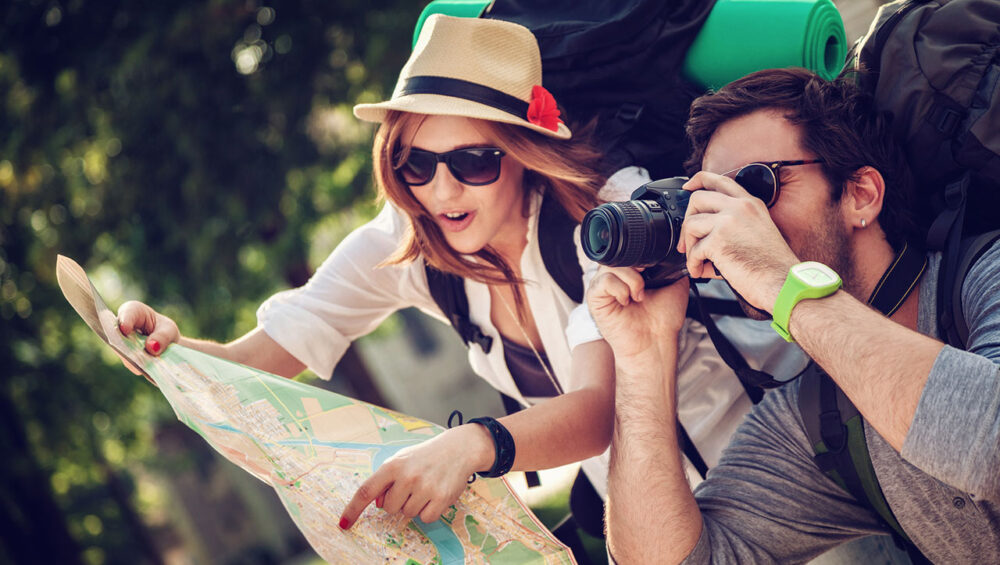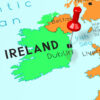Packing is pivotal. Forget an essential item and you’re left disappointed and scrambling to find the nearest store in your destination. Pack too much and you end up disorganized, burdened with heavy bags, and hemorrhaging money to pay for pricey airline baggage fees. So we thought it best to revisit the most basic—and most useful—packing rules. Here are 10 fundamental packing strategies that every traveler should learn.
1. Roll, don’t fold.
Many travel experts—including backpackers, who must stuff months’ worth of clothing into a pack the size of a box of wine—agree that rolling is superior to folding. Tightly rolled clothes take up less space than folded ones. Plus, they’re less prone to getting deep wrinkles from fold creases.
2. Make a packing list
When it comes to packing, procrastinators fall short. Start your packing process days or even weeks ahead of your departure date; this gives you time to craft a complete list, plus purchase any additional items you might need for your vacation. Creating a packing list is a fail-safe way to ensure that you never, ever forget to bring something important.
3. Know your airline’s baggage-fee policy
Figuring out the airlines’ tricky and befuddling baggage-fee policies is key to any budget-minded packing strategy. While most airlines permit travelers to check at least one bag on international flights, the majority of U.S. carriers charge big bucks for bags checked on domestic flights.
Before you begin packing, take a peek at your airline’s website and read its baggage policy. This is something you might even want to do prior to buying your plane ticket, especially if you’re set on bringing a checked bag or two.
4. Follow the 3-1-1 rule
What happens if you don’t follow the Transportation Security Administration’s (TSA) 3-1-1 rule for carry-on luggage? Attempt to bring a large bottle of shampoo or a full-size gel deodorant through the security line and the TSA will likely confiscate your stuff, holding you up in line in the process. So get familiar with the agency’s rules: All liquids brought onto planes must be in 3.4-ounce bottles or smaller and inside a single, clear, quart-size zip-top bag.
It also helps to know which items are, according to the TSA, considered liquids or gels and thereby subject to the 3-1-1 rule. This isn’t as simple as it sounds. Foods such as peanut butter, pudding, mashed potatoes, and icing are classified as gels. Mascara, lip gloss, and aerosol items are also classified as liquids or gels. But keep in mind that liquid prescription medication is exempt.
5. Use your personal item wisely
It’s standard for airlines to permit each traveler to bring one carry-on bag and one personal item onboard planes. This personal item is subject to specific size requirements (these vary by airline), but something like a purse, laptop bag, or backpack is generally acceptable.
6. Pack dual-purpose garments
If it’s two-in-one, it’s one less thing to pack. Dual-purpose items, such as pants that turn into shorts or a jacket that turns into a travel pillow are worth their weight in airline baggage fees.
7. Use Packing aids
My all-time favorite packing aid: Eagle Creek Compression Sacs. Use them to shrivel your clothes into a vacuum-packed, tiny, tight bundle that takes up minimal suitcase space. Other packing aids that can help you organize better and fit more into your bag include packing envelopes and packing cubes.













